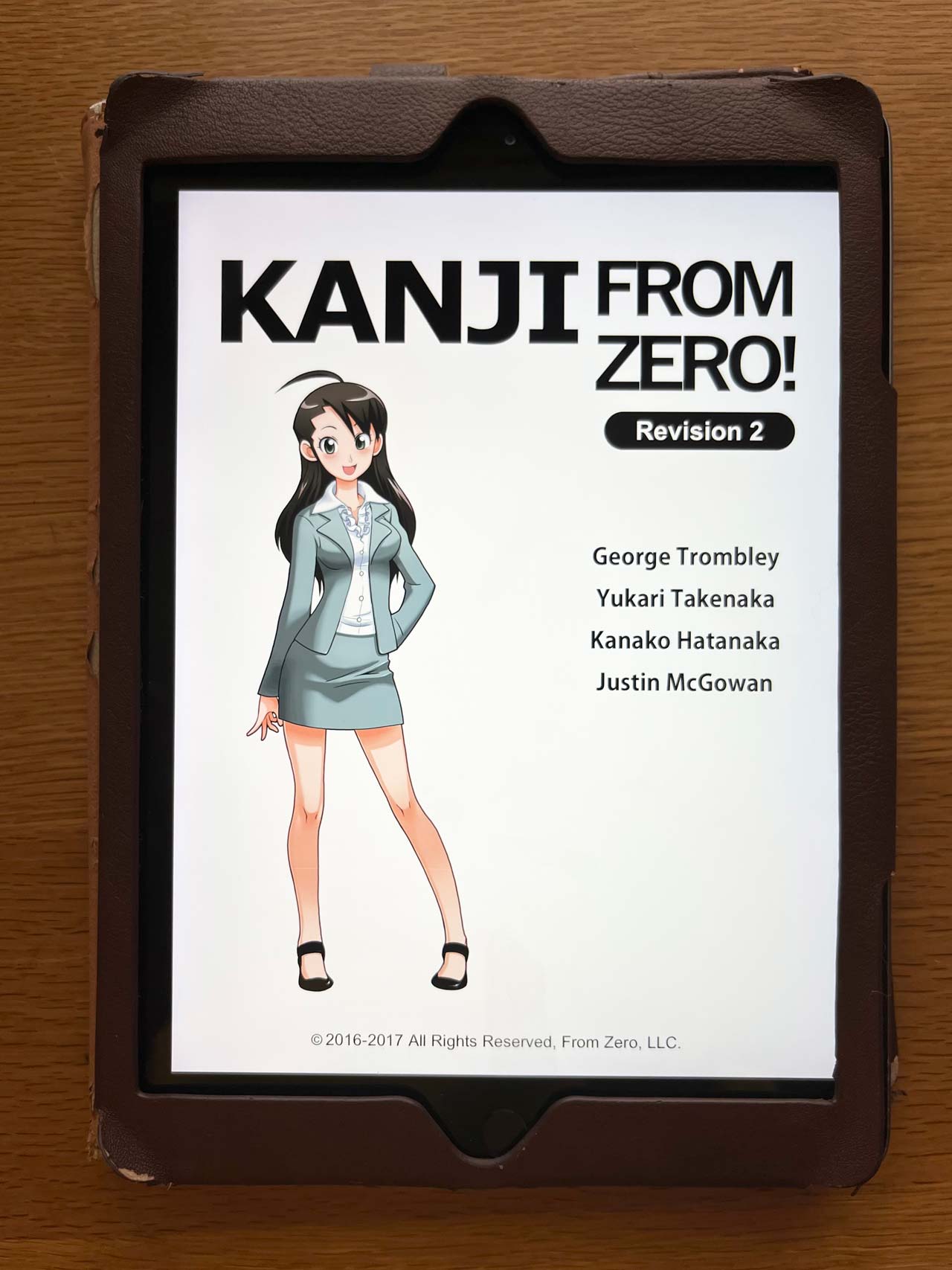
From the same people who brought you the Japanese From Zero! textbooks comes a similar workbook series all about kanji. And in true Japanese From Zero! fashion, each book is packed full of illustrations, practice problems, tracing sheets, and easy-to-understand explanations. In the Kanji From Zero! books, kanji are generally grouped together depending on the words they create when combined. This series does a great job of commenting on and explaining certain aspects of kanji usage and origins, answering questions like "How did the planets get their kanji" or "Why are there multiple ways to read single kanji characters?" There are short blurbs throughout the book that go into a lot more detail than you would normally see in a standard Japanese textbook. For instance, you can find an explanation of the difference between 丸い and 円い (both pronounced marui) as well as one for the difference between 子猫 and 小猫 (both pronounced koneko).
Arguably the strongest point of these books is their large amount of writing activities. At the end of each kanji lesson, you can find matching activities, stroke order checks, fill-in-the-blank problems, and more. Furthermore, occasional "Super Review" sections can be found every few lessons as a roundup to test your kanji knowledge up to that point. This constant repetition and checking truly helps to reinforce your learning – a point not many textbooks can boast about.
But with all of these activities and practice, won't the books become really thick? Actually, yes. This is offset, however, by the fact that only a very limited amount of grade school kanji are taught in each book — 240 in book 1 and 200 more in book 2. Compared to the 2,000+ that are taught in other kanji learning programs, this is a significantly smaller amount. On the plus side, people who are nervous around kanji or who just need extra practice may actually benefit from a more relaxed approach like this.
If you're looking for a kanji learning program that has a larger coverage of kanji, read the Best Kanji Learning Programs article.